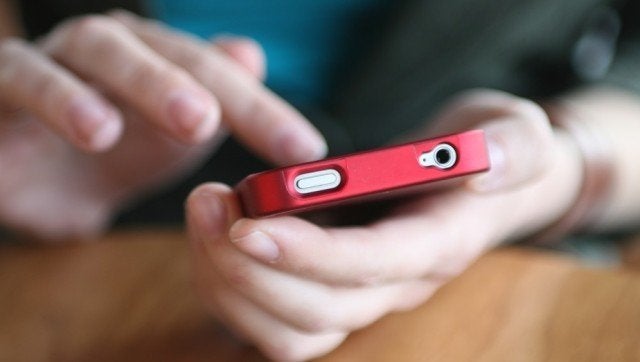
With the upcoming election currently saturating media, let us see how technology can, and will, affect the results of the nation's vote.
Yes, it is indeed true that technology will continue to make or break the president's win in these last few weeks!
Regardless of what has happened so far, innovative use of emerging technologies still has the ability to turn the winds, even at such a late stage in the game.
Wireless Capabilities and Interaction With Candidates
Let us first see how wireless capabilities will affect the candidates when interacting with voters.
Increase in popularity of mobile communication enables candidates to connect directly with voters, via apps, mobile content publishing, and mobile social networking.
Direct connection through wireless is enabling voters to directly see the character and convictions of the candidates with no hiding behind on campaign managers and media experts to do the interpretations and messaging for them.
Wireless is also enabling mobile announcement of political events that will influence the voter choice; as well as mobile announcements of polls which will increase the voter turnout. Other associated enabling technologies are:
• Campaign advertising is being done with mobile ad technologies on voters' mobile devices
• Mobile TV technology is enabling political ads and announcements on TV
• Mobile content publishing is enhancing political issues coverage on wireless devices
Political Election Apps and Voter Turnout
So, let us now talk about how political election apps can increase voter turnout.
Political election apps enable candidates and their teams to keep voters engaged in the ongoing election, encouraging their presence at the polls in November.
In the last few weeks it is especially critical, that there be many special political election apps on mobile devices to win over various pockets of voters and increase targeted turnout of specific groups at the polls. This needs to happen in real time. Real-time election results apps and news aggregator apps will keep voters engaged and increase turnout.
Real-time Information Exchange Influence on Voter Participation and Choices
Let us see how real-time information exchange will influence not only voter participation, but also, their choices.
With real-time election coverage, voters are able to see bids on polls, poll results as they change, and stay updated on the entire race, which could affect who they ultimately vote for.
Undecided voters especially will be easily wooed and motivated by real-time Information.
Exchange between candidates, voters and news networks will influence undecided voter participation and choices:
• Real-time mobile ability to see bids on race will influence choice
• Real-time mobile ability to see poll results will influence choice
• Real-time election coverage by special news network with mobile apps on mobile devices
Technology Advances That Can Affect the Voters in the Last Weeks
Let us look at some technological advances that can affect the voters, the candidates, and the election in the last few weeks.
With social networks spreading information at a rapid-fire pace, targeted real-time location, QR bar codes, and other means of utilizing the mass with mobile media, will affect the different aspects of the election.
Here are some of the ways by which technology can be used to sway the voters I the final weeks, and to win the election:
• Candidate-specific apps will help send again and again the campaign messages, opposite party follies in video bites, candidate accomplishments, economic reports and war on terror achievements. This can also include mobile video apps of debates and other television appearances.
• Social networks can be used for responding to other party's attacks and spreading of own party ideas like a jungle fire. Mobile campaigns will help manage perceptions. And blogs for political commentary and fundraising will refine opinions. Mobile social networking is enabling instant sharing of political pictures, video and sound bites about candidates and voter reactions.
• Real-time Twitter can serve as real-time newswire for influencers and the masses. Young demographics can be won over through YouTube testimonials, messages and ads.
• Targeted, real-time, location-based advertising to reach out to potential voters will be a special asset in battleground states. This can be done by targeting younger demographics and getting them involved through mobile devices with targeted SMS.
• Real-time big data analytics will help convert streams of diverse data from social and mobile sources into campaign invaluable information such as profiling and behavioral information. This information can be leveraged by candidates and give advantage over their opponent in battleground states and undecided voters.
• Internet campaign explosion can be created. Exposing sensitive information about candidates on the Internet can give rise to activism and turn explosive, and make or break a candidate's chances of winning.
• QR bar code technology is another mechanism that can sway voters. Today everybody carried a bar code reader in their pockets in form of mobile device. QR bar codes can be used to send campaign messages and accept prompt donations, endorsements, and carry out other campaign organizational work actions.
I truly believe that for a race this close, candidates' ability to project themselves through use of technology will make or break their chances of success.